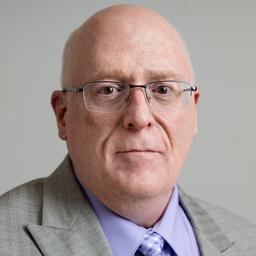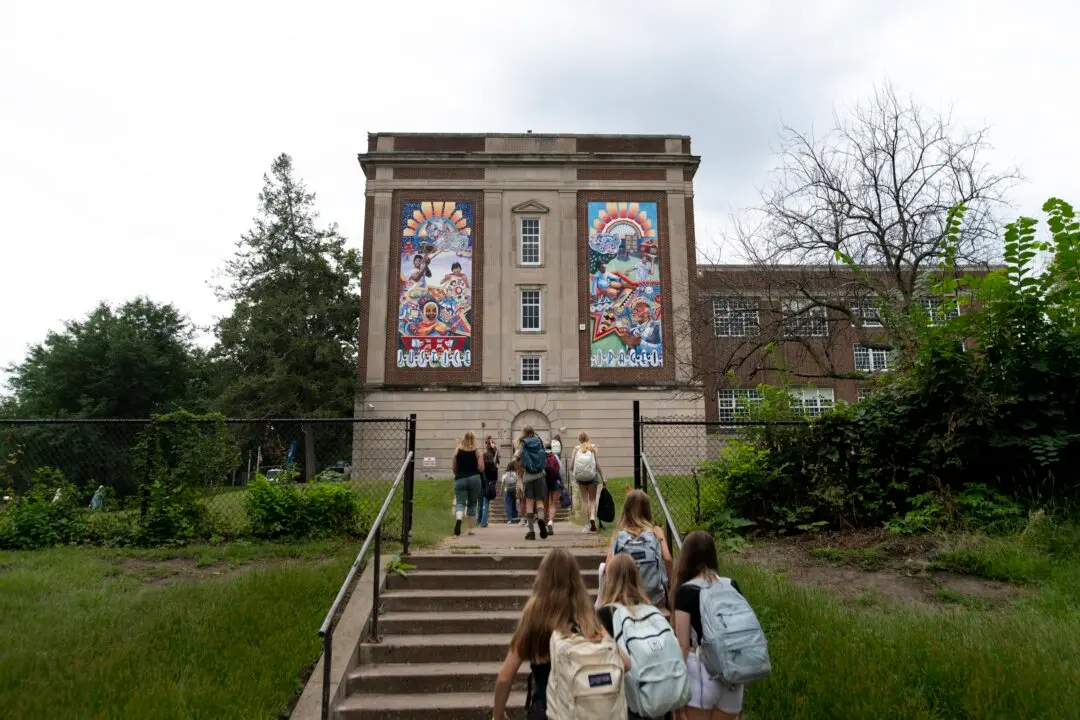Provocateurs infiltrated the crowd that marched to the U.S. Capitol on Jan. 6, 2021, a U.S. Capitol Police (USCP) official testified during a criminal trial in U.S. District Court in Washington D.C. on Jan. 11.
“Isn’t it true that you had a lot of people, a large quantity of people walking down two streets that dead-ended at the Capitol?” Bradford Geyer, one of the lawyers representing defendant Richard Barnett, asked Capt. Carneysha Mendoza, the official.






